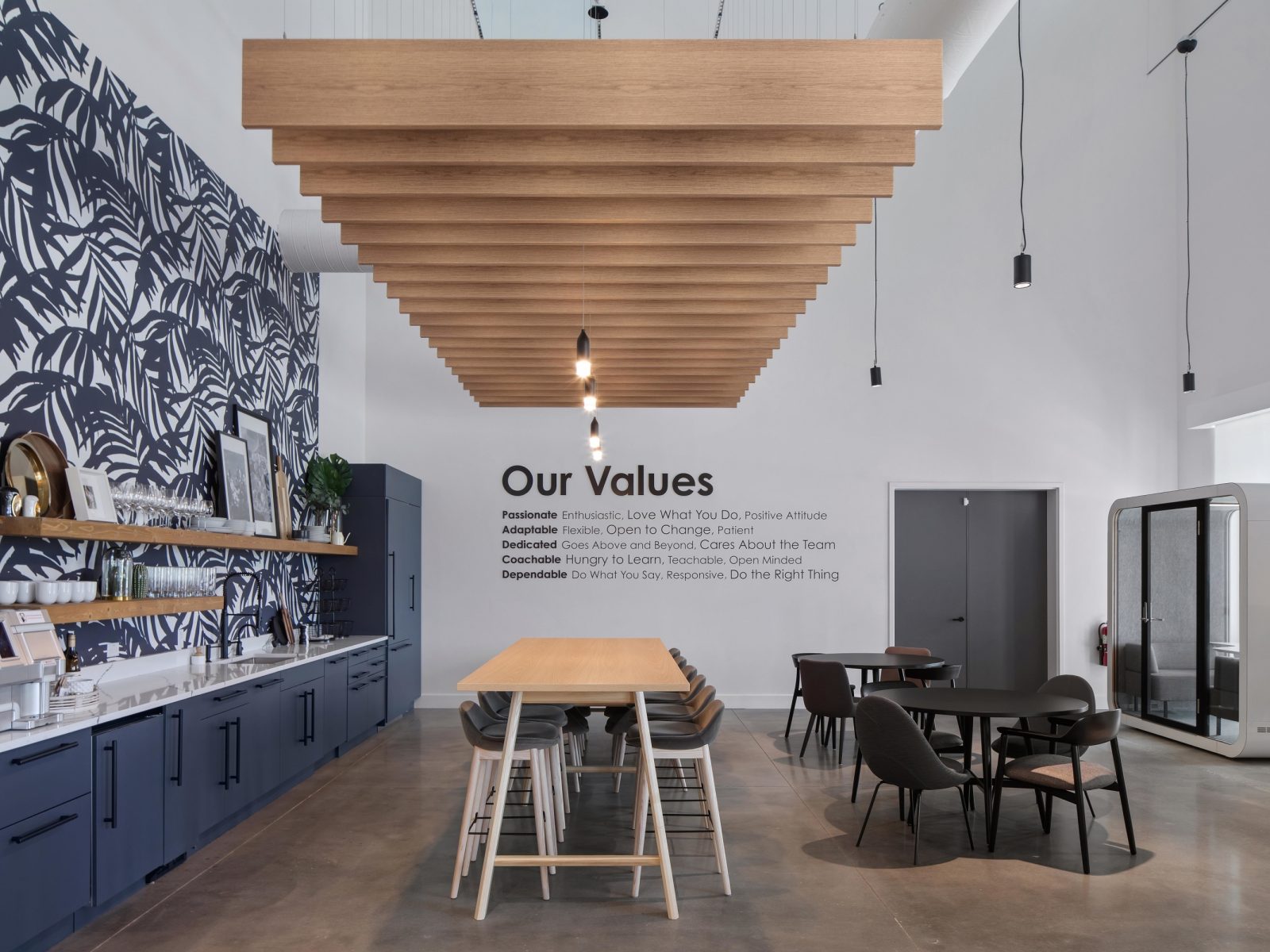The Workplace Will Never be the Same - and That's a Good Thing
We are never going back to a pre-pandemic office. Don't dread it - embrace it!

The challenges of 2020 have precipitated many questions about the purpose of the workplace. Why go into the office when you can avoid the commute and stay comfortable and productive at home? Why maintain corporate offices when you can instead have remote workers and save money on real estate? Even pre-pandemic, organizations were asking these questions about the purpose of the office; COVID-19 has rapidly accelerated the conversation. From better support for people working at home to dynamic workplace networks that offer people more variety and choice than ever before, the future of the office is an exciting place.
When COVID-19 forced much of the world into quarantine, working from home became an extended experiment. While the experience created mixed results for the world’s workers, it significantly changed the opinions of many organizational leaders about the viability of working outside of the office. According to Harvard Business Review, 42 percent of employers now say that much of their workforce can work remotely compared to 14 percent before the pandemic. This, along with the economic challenges posed by the crisis, is causing organizational leaders to revisit the purpose of their offices. The office as we once knew it is no longer viewed as a requirement for enabling employee productivity, but it can be the cornerstone of a thriving culture and a successful distributed work strategy.
A Changing Purpose
For workplaces to remain purposeful, they must help people do their best, no matter where or when they are working. Many employees will work from offices daily, but for others, distributed working will be the norm. Fewer employees will come to the office each day just to check emails and attend meetings, so generic open-plan desks and traditional conference rooms will be less useful. People will seek offices with work settings uniquely tuned to socialization, individual focus, and immersive teamwork. Examples of these types of spaces include:
- Areas that will encourage people to interact with their extended networks (colleagues you don’t work with every day). Building these relationships is critical for maintaining culture and helping people feel a sense of purpose and belonging.
- Safely maintained, reservable on-site workstations. These are especially important since many people have difficulty focusing at home, especially on brain-intensive work.
- Highly interactive settings that facilitate immersive on-site collaboration. Places like these give people the time, space, and tools to solve complex problems that are difficult to address remotely. By creating offices that fulfill people’s needs on-demand, both the organizations and their people will flourish. Because distributed work will lessen the need for dense occupancy planning, businesses will save on facilities costs and create workplaces that are more valuable to their employees.
Four Key Insights
- Distributed Work—where people are empowered to work at different times and places—isn’t new, but they’ve been accelerated by the pandemic.
- People can be productive working elsewhere, but offices still provide great value as on-demand resources for individuals and teams.
- To remain relevant, offices of the future will need to build culture and community, support individual focus, and facilitate intensive teamwork.
- The work from home experience is different for everyone. Companies should continuously strive to help people stay healthy and productive, no matter where they are working.












